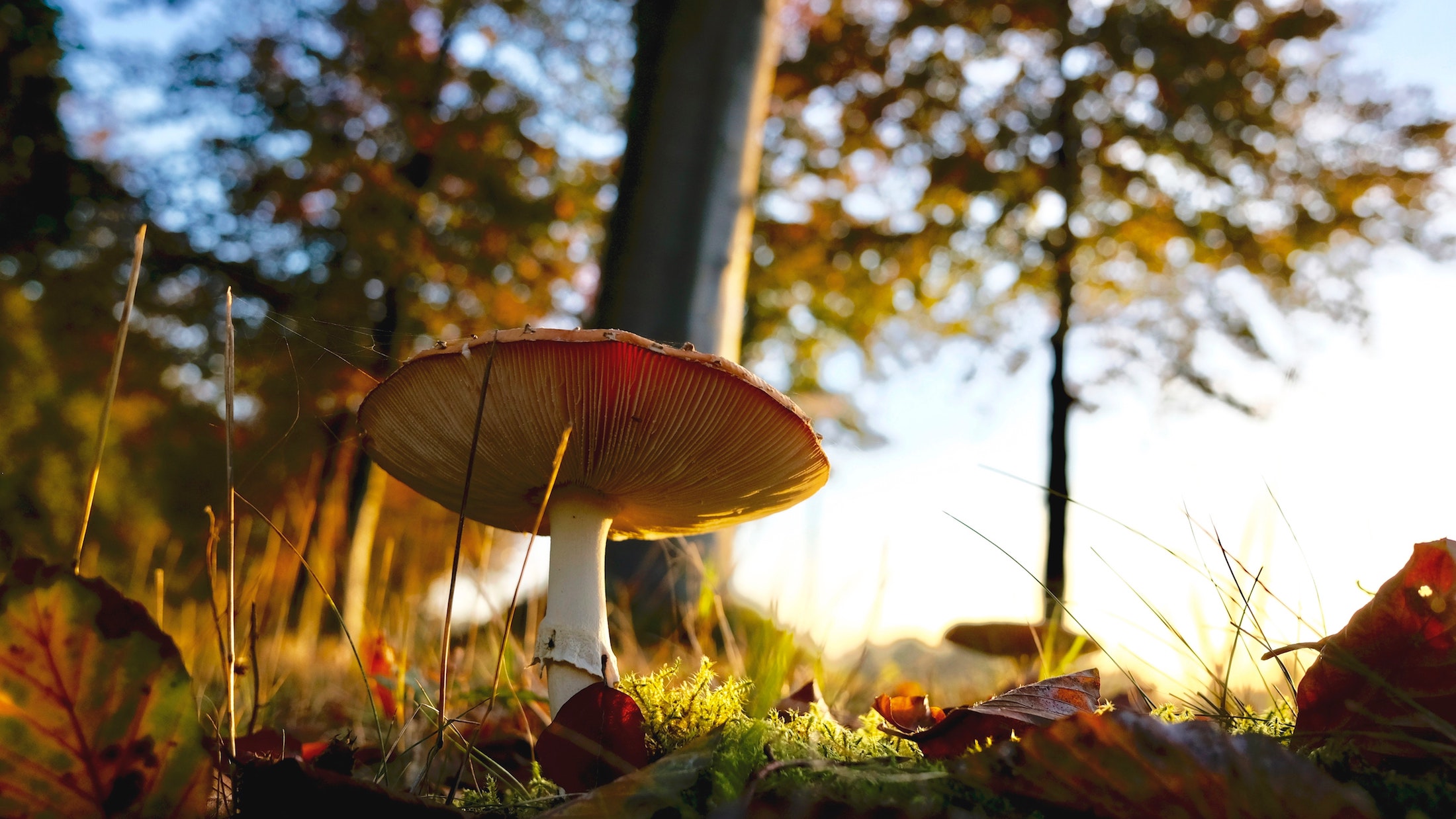Advertisement
On a trout fishing trip in eastern Ontario one day, I picked a couple of beautiful Boletus mushrooms for a snack. Even after years of dining on fungi, however, I failed to realize they were not the edible Boletus edulis variety. Fortunately, I survived with nothing more than a caustically burning mouth, but the incident did remind me of the following tips for picking and eating wild mushrooms—and staying alive.
Poison Primer
The degree of toxicity in many species of wild mushroom can vary, causing anything from mild gastro-intestinal ailments to death. There’s no single reliable rule, however, for determining the safety or toxicity of all wild mushrooms, and that includes the many old wives’ tales (for example, if contact with a mushroom turns a silver spoon black, the mushroom should be discarded). Instead, it’s vitally important to properly identify the various species and learn which ones are safe to eat. There’s no room for error.
Advertisement
Deadly Choice
If you dig up a mushroom with a volva, an inverted sack-like structure surrounding the base of the stem, discard it immediately—it’s most likely a member of the Amanita genus. It could possibly even be a destroying angel or death cap, one of the deadliest known fungi.
Identity Lessons
Wild mushrooms range in flavour and consistency from inedible to gourmet quality. Many are quite safe to eat, even raw, if properly identified. Again, the best way to avoid problems is to read about, study and memorize the characteristics of the edible mushrooms you wish to pick. An excellent resource is Edible and Poisonous Mushrooms of Canada. And once you’ve done that, talk to others with field experience in mushroom collecting before striking out on your own—they just might invite you to join them on their fungi forays.
Download a copy of Edible and Poisonous Mushrooms of Canada at www.publications.gc.ca.
Advertisement

